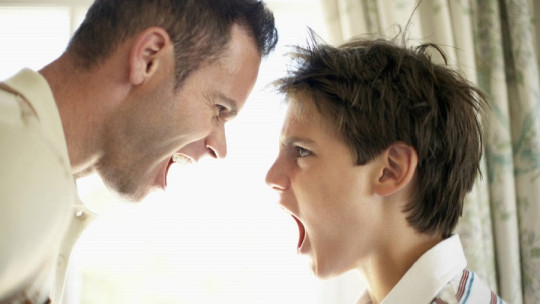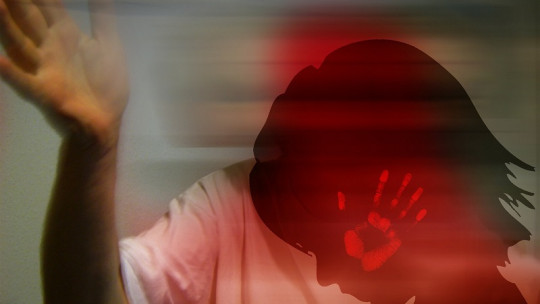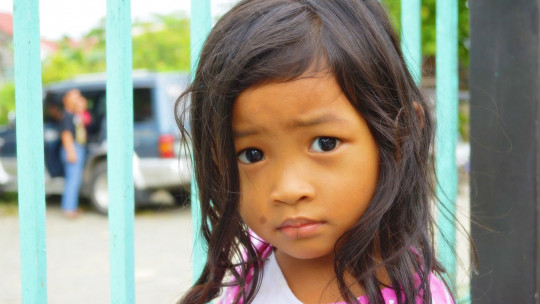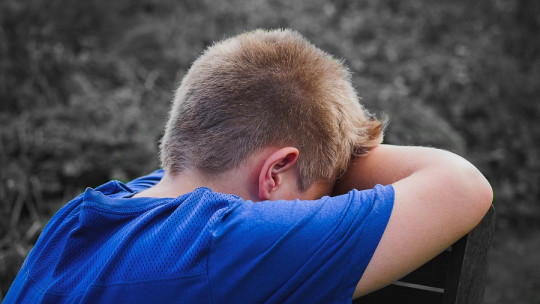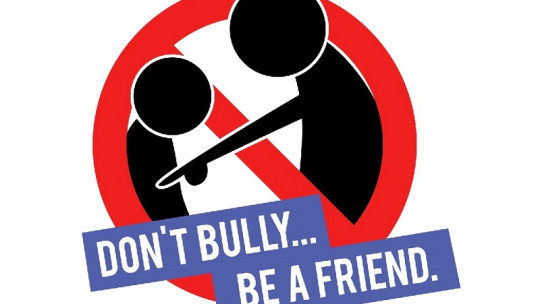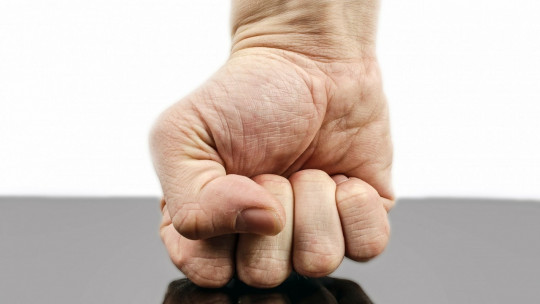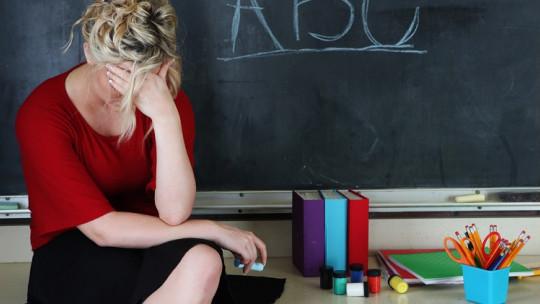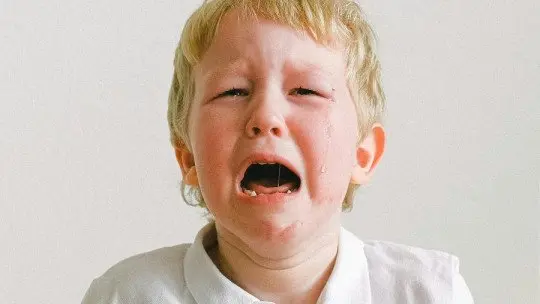Child-parent violence is that which children exert towards their parents It usually occurs from minor males towards the mother, although not necessarily. The attacks can be physical, psychological or material and occur repeatedly, with the aim of maintaining control of the family dynamic. For this reason, significant cycles of violence are generated that have a negative impact on both the victims and the family itself.
In this article we will see in more detail what child-parent violence is, why it can occur and what some of its consequences are.
What is child-parent violence?
Child-to-parent violence is a type of domestic violence that is characterized by a set of aggressive acts that are perpetrated by a minor towards his or her parent, making the latter feel threatened, intimidated and controlled (Paterson, Luntz, Perlesz and Cotton, 2002, cited by Gámez-Guadix and Calvete, 2012).
In the Spanish penal code, child-parent violence is classified in article 173(2) and is defined as “habitual mistreatment in the family environment”, where the main characteristic is the civil or cohabitation relationship between the victim and the aggressor , which does not necessarily imply the biological link between the two (Molla-Esparza and Aroca-Montolío, 2018). In other words, the victim is the one who has a civil responsibility towards the aggressor, even if it is not always the parent.
Main features
Child-to-parent violence can occur both in families that have a blood relationship, as well as in foster, adoptive or reconstructed families. Likewise, aggression can be direct or indirect, and Abuse can be verbal, psychological, material or economic, physical or sexual
Such abuse is also characterized by the presence of behaviors of intimidation, control, dominance or power on the part of the aggressor, which are carried out intentionally and which can cause harm or pain to the victim. On the other hand, attacks can be carried out by one or several members of the family unit, and may be directed at one or more members of the family.
As it is a socially unacceptable phenomenon, one of the characteristics of child-parent violence is that usually kept hidden within the family , which worsens the cycle of violence. For this reason, it is a phenomenon that until recently had not been studied.
Especially when it comes to minor children, this phenomenon is usually covered up, since the responsibility for the child’s behavior tends to fall completely on the parents, in many cases on the mother, who It is precisely the object of aggression in the majority
Currently, child-to-parent violence has gained special interest, which is why there is a large amount of specialized literature on the subject.
Why happens?
The clinical-forensic psychologist and Children’s Ombudsman of the Community of Madrid, Javier Urra, is one of the most recognized specialists in research and description of child-parent violence.
It tells us that in The majority of cases are carried out by a minor male between 12 and 18 years old , and that the aggression occurs mainly towards the mother. It is usually the eldest child, although it may be younger children, which generally occurs when the eldest have left the home.
The same psychologist explains that child-parent violence is related to the development of dominant personalities and behaviors in children, which in turn is a consequence of both an excessively permissive society and previous exposure to violence.
Following the above, below we will briefly look at the relationship between child-parent violence and experiences of violence inside and outside the family, as well as some of the causes why child-parent violence intensifies within families
Relationship between child-parent violence and exposure to violence
Urra (2006) does not say that some of the elements that surround child-parent violence and that represent important risk factors are the following:
On the other hand, Molla-Esparza and Aroca-Montolío (2018), in their review of the scientific literature on child-parent violence, tell us that violent behavior occurs when the individual has learned to use force of any kind on another individual this being a mechanism to achieve objectives, solve problems and resolve conflicts, within a framework where there is a real or perceived power imbalance.
The latter adds to the studies on the explanatory model of the intergenerational theory of violence, which report how the observation or experience of abuse is a risk factor that triggers child-parent violence.
In other words, direct or indirect exposure to violence, which among other things brings with it the inability to firmly reject inappropriate behavior, increases the probability that a dynamic of violence from children to parents will develop. This exposure usually occurs inside the home although it can also happen on the street or in other nearby environments.
Intensification due to bidirectional violence within the family
Following the previous line, Sancho, 2016, tells us that child-parent violence is a phenomenon that is not only a problem of the child, but of the family as a whole. This is because, on the one hand, the dynamics of violence are usually experienced negatively by all family members. On the other hand, all types of domestic violence has a series of elements that speak of relational dynamics and conflicts and not just individuals.
For example, it often happens that there are desperate attempts to reestablish the hierarchy, thus installing a dynamic of bidirectional violence, which, when perceived as aggression by both parties, is justified as a form of self-defense (Molla-Esparza and Aroca- Montolio, 2018). This intensifies and lengthens the cycle of violence, however, these dynamics, which lead to the violent relationship, can be tracked, identified and modified.
Emotional consequences in parents and prevention strategy
We have seen that child-parent violence is that through which the child exercises abusive behavior against his parents, or against those who perform said function. The latter occurs consciously or intentionally, as well as repeatedly over a time.
It should be noted that the two previous elements, intentionality and repetition, are determining factors for behaviors to be defined as abuse, and to be distinguished from a specific aggression that is not considered child-parent violence (Molla-Esparza and Aroca-Montolío, 2018).
On the other hand, the immediate purpose of the exercise of violence is not so much to cause harm as to gain control of the dynamics generated with the victim. However, damage is one of the inevitable consequences, since said dominance is pursued through psychological, emotional, physical, or economic violence.
The main consequence of the latter is the prolonged experience of suffering and frustration in parents , due to the violent situation and also due to the feeling of lacking resources to avoid or counteract it. Likewise, it can imply significant difficulties with the partner or with whom care of the child is shared.
Specifically, depending on the frequency and intensity of the attacks, child-parent violence can cause concealment, guilt, shame and a feeling of failure, to mention some of the main emotional consequences for parents.
Finally, according to the research by Molla-Esparza and Aroca-Montolío (2018), the higher the level of helplessness and confusion on their part, the higher the risk of perpetuating the cycle of violence, since it is generated between the need to give in and on the other hand to defend oneself; For this reason, prevention and intervention strategies must act towards breaking the coercive dynamics of said cycle.

